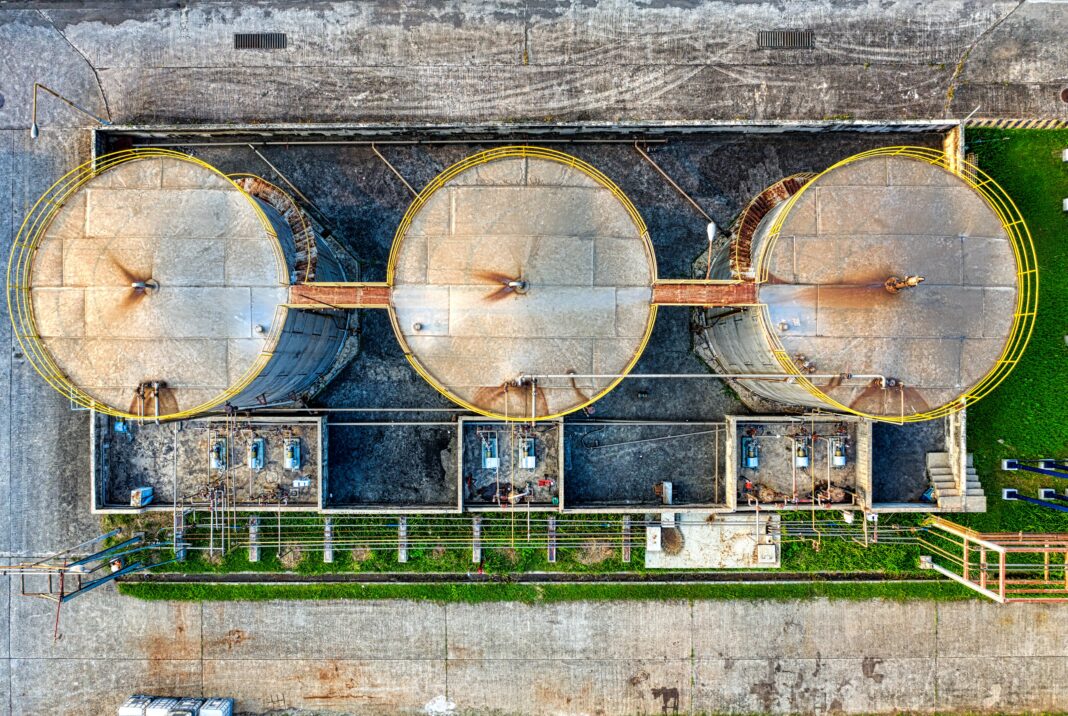We introduce you to the term pyrolysis and how the process affects human health and nature.
Tire pyrolysis is a process that uses high temperature and the absence of oxygen to break down tires into carbon, liquid and gaseous products. This process is usually carried out in specialized installations called pyrolysis plants.
The basic idea of tire pyrolysis is to convert the rubber material into valuable products, such as carbon, liquid fuels (pyrolytic oil) and gases.
Under no circumstances should a pyrolysis plant be opened within the city limits. A tire pyrolysis plant will certainly cause harm to people’s health. The risks are not few, and anything that poses a risk to the health of the people in the city is a gamble that we should not take. The danger comes from the emissions from the installation and the main risks are two – to the health of people and to the ecosystem.
HARMFUL EMISSIONS DURING THE PYROLYSIS OF TIRES
Let’s see what they are and how they affect.
The gaseous substances released from a tire pyrolysis plant are:
• CH₄ – Methane
• C₂H₄ – Ethylene
• C₂H₆ – Ethane
• C₃H₈ – Propane
• CO – Carbon monoxide (Carbon Monoxide)
• CO₂ – Carbon dioxide (Carbon Dioxide)
• H₂S – Hydrogen Sulfide
Source – https://www.wastetireoil.com/Pyrolysis_faq/Pyrolysis_Plant/can_the_exhaust_gas_from_waste_tire_pyrolysis_plant_be_recycled_1555.html#
Substances 1-4 are returned to burn in the reactor, fueling the pyrolysis process.
However, H₂S, CO, and CO₂ – hydrogen sulfide, carbon monoxide, and carbon dioxide do not burn and are released into the atmosphere.
INFLUENCE OF HARMFUL EMISSIONS ON HUMANS
Here’s how they affect:
Hydrogen sulfide (H2S)
Only 1% of tire sulfur is found in the pyrolysis liquid, the rest is released into the atmosphere as hydrogen sulphide.
Source – https://www.sciencedirect.com/science/article/abs/pii/S0165237000000917
Hydrogen sulfide is one of the more well-known gases poisonous to human health. It is an extremely fast-acting, highly toxic, colorless gas with the smell of rotten eggs. At low levels, hydrogen sulfide causes eye, nose, and throat irritation. Moderate levels can cause headache, dizziness, nausea and vomiting, as well as coughing and difficulty breathing. Higher levels can cause shock, convulsions, coma and death. In general, the more severe the exposure, the more severe the symptoms.
Source – https://wwwn.cdc.gov/TSP/MMG/MMGDetails.aspx?mmgid=385&toxid=67#:~:text=At%20low%20levels%2C%20hydrogen%20sulfide,convulsions%2C%20coma%2C %20and%20death.
Also, in addition to human health, it also affects the environment. Hydrogen sulfide, entering the atmosphere, quickly turns into sulfuric acid (H2SO4), which accordingly causes acid rain.
Source- http://www.met.reading.ac.uk/~qq002439/aferraro_sulphcycle.pdf
Needless to say, we should not take any action that in any way increases the levels of this poisonous gas near where we live.
Carbon Monoxide (CO)
Carbon monoxide is another poisonous gas that we also absolutely do not want in our homes.
It affects health through its reaction with hemoglobin in the blood. Hemoglobin is the compound that supplies cells with oxygen. The affinity of hemoglobin is more than 200 times higher for CO than for oxygen, so it replaces oxygen in the blood already at low concentrations, effectively leading to suffocation at the cellular level.
The effects on human health are diverse. At very high exposures, this gas can cause strokes, loss of consciousness and death of parts of the brain and the individual himself. At lower exposures, there are milder behavioral effects, eg impaired learning, decreased vigilance, impaired performance of complex tasks, increased reaction time. These symptoms also occur at levels inherent in a standard urban environment near busy intersections. Certain effects on the cardiovascular system are also observed.
Carbon Dioxide (CO2)
Carbon dioxide, in addition to being a greenhouse gas, is another gas that also has multiple health hazards in elevated amounts.
Source – https://www.nature.com/articles/s41893-019-0323-1
Heavy metals
Pyrolysis at temperatures above 700 °C converts heavy metals such as Pb and Cd (lead and cadmium) from liquid to gaseous state.
Source – https://www.ncbi.nlm.nih.gov/pmc/articles/PMC7831513/#:~:text=It%20is%20known%20that%20Cd,heavy%20metals%20Cd%20and%20Pb.
Their harm to the human body has been widely documented for years and is clear to science.
Lead
Lead poisoning can cause reproductive problems in men and women, high blood pressure, kidney disease, digestive problems, nervous disorders, memory and concentration problems, a general decrease in IQ, and muscle and joint pain. There is also evidence that lead exposure can lead to cancer in adults.
Source – https://ww2.arb.ca.gov/resources/lead-and-health#:~:text=Lead%20poisoning%20can%20cause%20reproductive,result%20in%20cancer%20in%20adults.
Cadmium
Cadmium causes demineralization and weakening of bones, reduces lung function and can cause lung cancer.
Source: https://pubmed.ncbi.nlm.nih.gov/19106447/#:~:text=Cd%20can%20also%20cause%20bone,the%20risk%20of%20lung%20cancer.
Of the six most critical environmental pollutants, tire pyrolysis produces 4 of them. They are lead, carbon monoxide, fine dust particles, and hydrogen sulfide. Only ozone and nitrogen dioxide are not produced.
Source – https://www.in.gov/idem/files/factsheet_oaq_criteria_pb.pdf
CONCLUSION
Pyrolysis is a dangerous process that should not be allowed near residential areas. Many articles can be found on the internet describing this process as ‘harmless and environmentally friendly’, but all of them are written by the companies that sell the equipment themselves. It is also described as the better option, rather than burning the tires in the open. This is an absurd comparison, as there are more sustainable ways of reusing tires. For example, cutting them and using them as a surface in an urban environment (for playgrounds, in parks, etc.), as well as they could be added to asphalt.
Pyrolysis clearly produces emissions that lead to harm to human health and the environment. No matter how much its effects are minimized, in any case it should not be allowed to be done near residential areas, let alone in the center of the city, following the model of heavily polluted countries like India and Pakistan.









